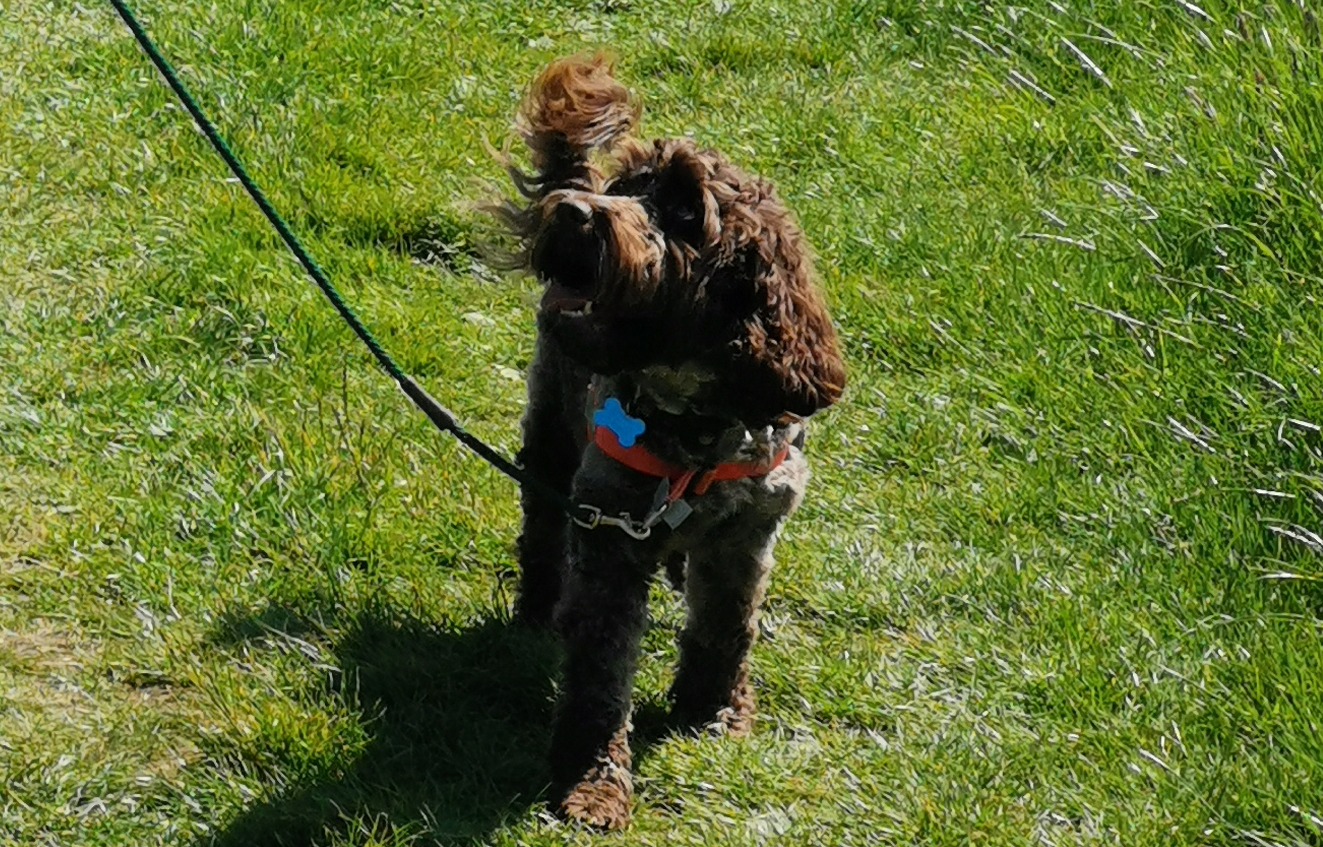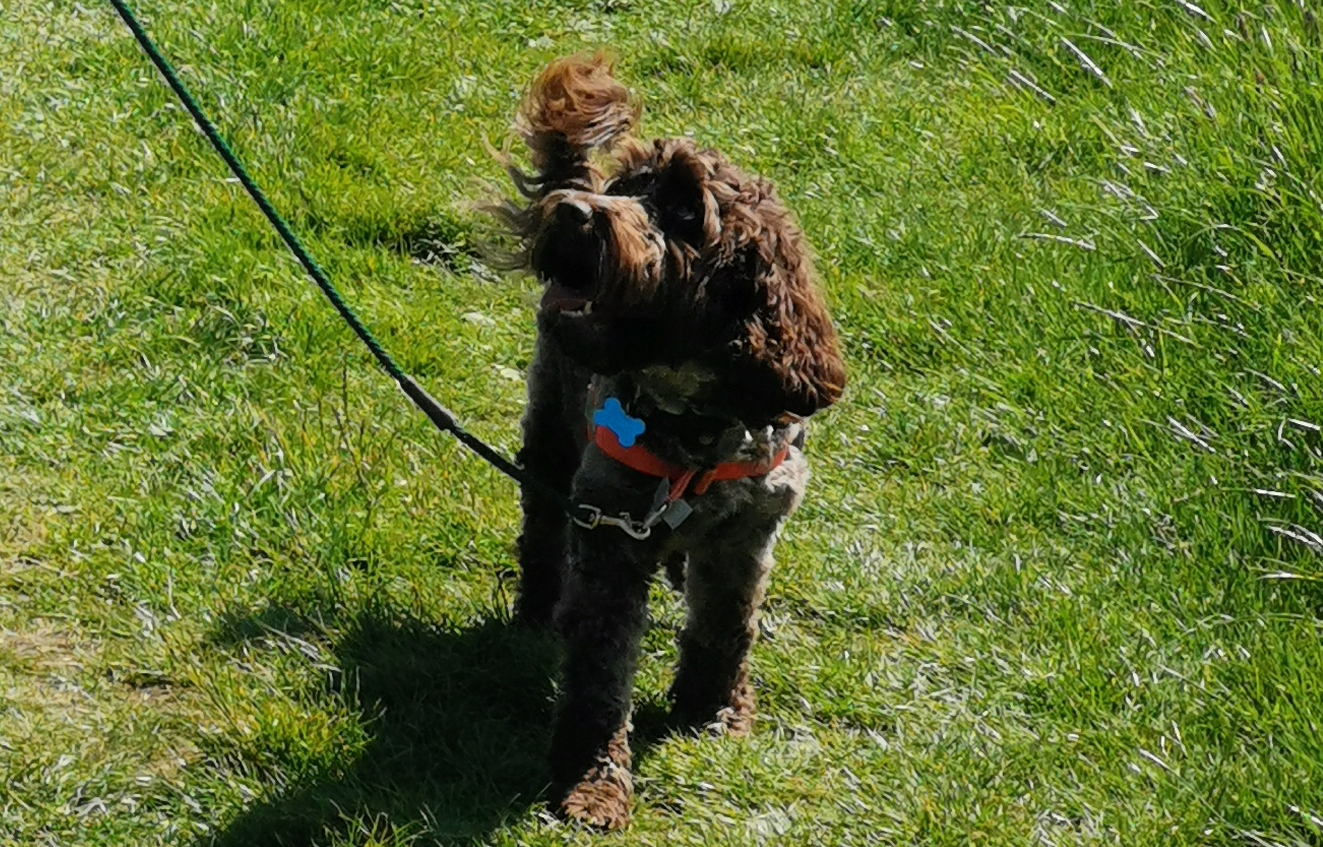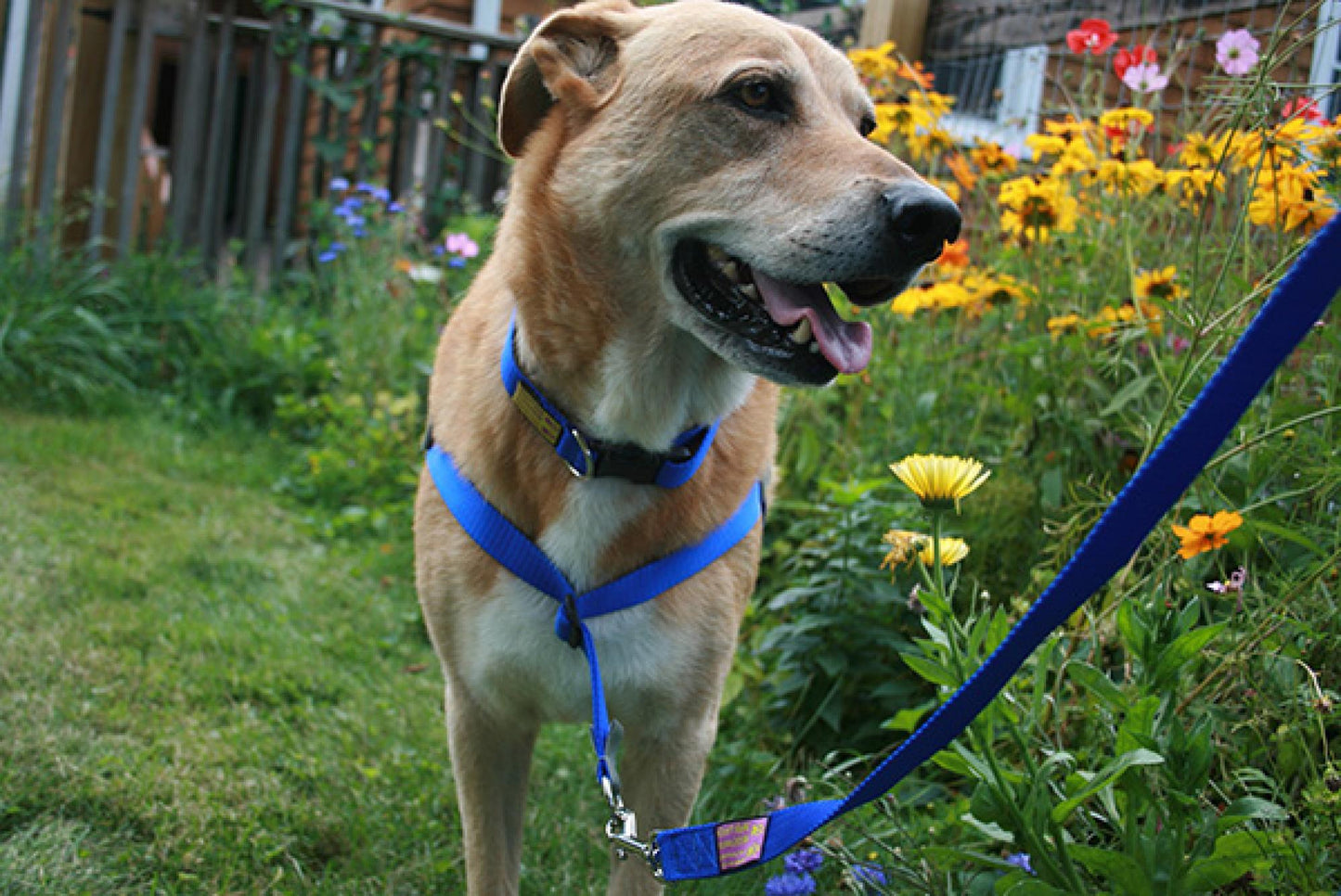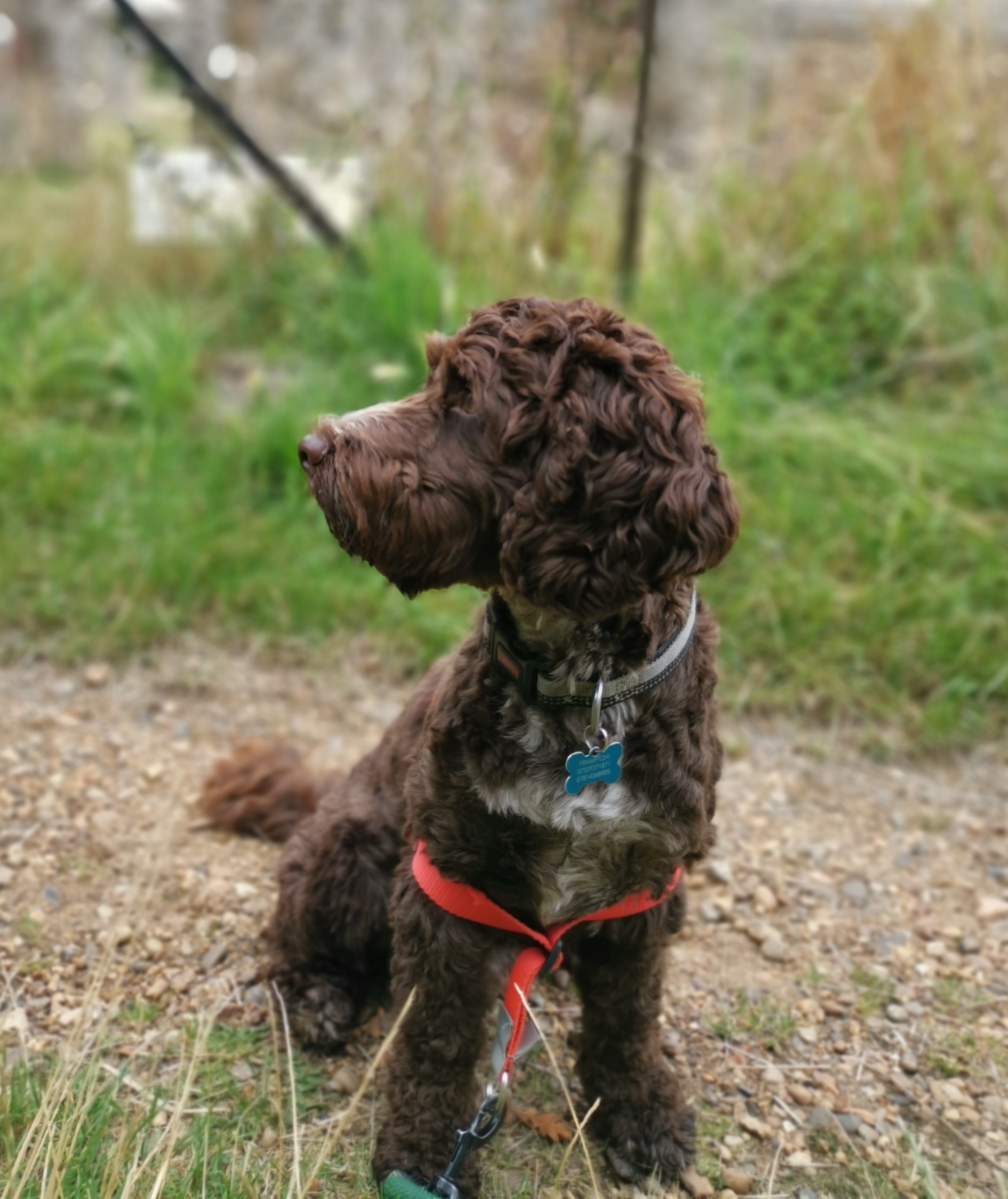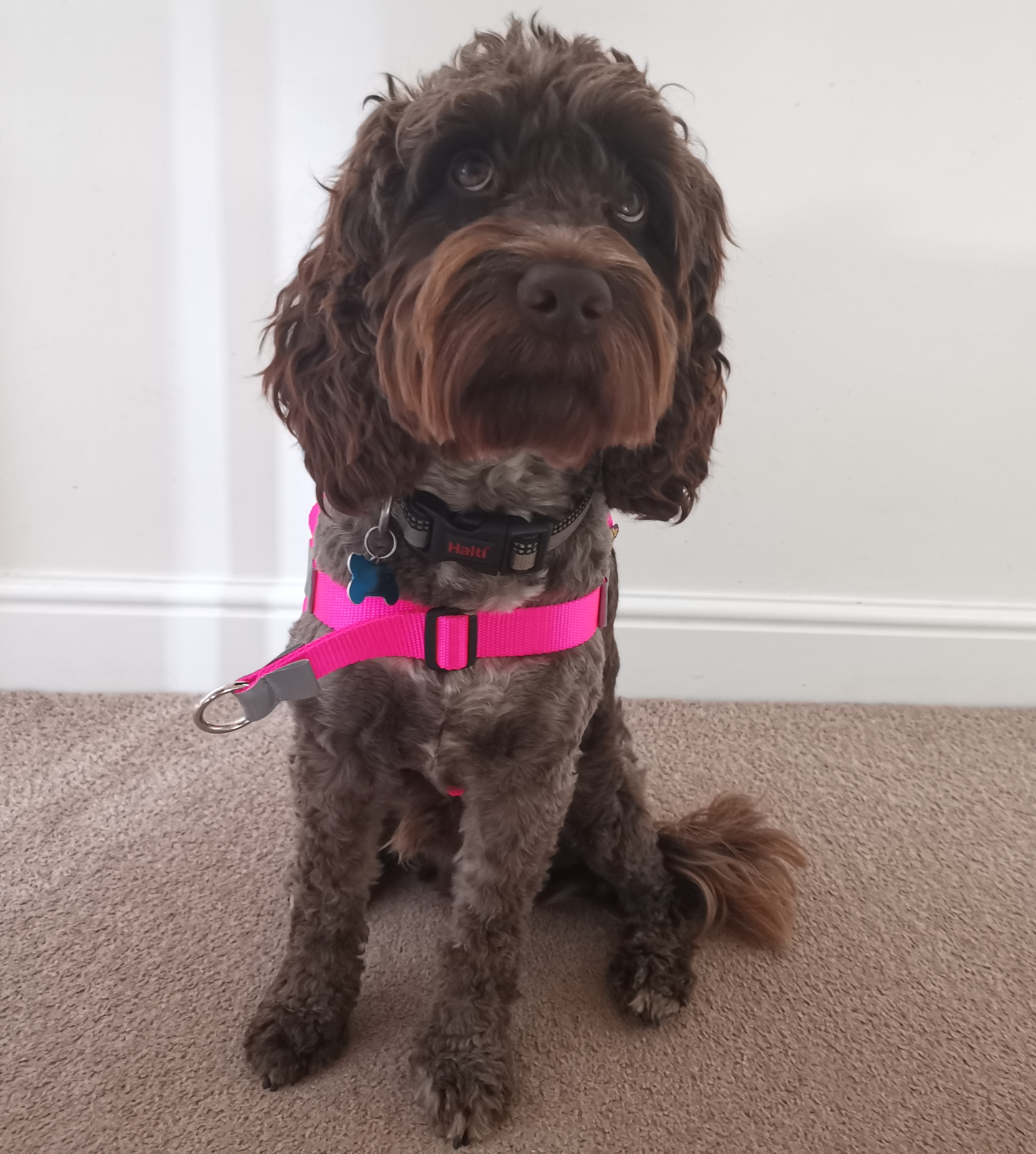Positive reinforcement means increasing the likelihood of good behaviour, and the positive part is all about us using things our dogs enjoy to help them enjoy being good! Simply put, positive reinforcement is training with rewards and rewarding your dog when they behave in a way that you like so that they will be more likely to behave in this manner again!
Why do we recommend training with rewards?
Training with rewards is the most effective way to encourage your dog to behave as you wish on a daily basis (for example, learning to settle down instead of pestering!):
- Science tells us that reward-based training is the best way for dogs to learn.
- Training with rewards is fun and helps build a positive bond between dog and owner.
- Owners who train using rewards report fewer behaviour problems in their dogs.
- Reward-based training can help dogs gain confidence and learn to think for themselves.
Identify the high-value reward that will focus your dog in training
Rewards can be anything your dog enjoys, such as being groomed, playing in water, going off-leash during walks, foraging for treats hidden in a cardboard box, or travelling in the car. Because every dog is unique, they will naturally find different things rewarding, but most dogs enjoy food, toys, and our attention!
Food and treats
- Must be safe for your dog and appealing to them!
- Remember to limit the amount he gets during meals to avoid weight gain.
- Dog treats (something soft and smelly like cheese, sausage, or chicken) can be used as the 'gold star' reward when your dog does something perfectly! You can also use these to keep your dog's focus and attention in more distracting environments.
- Keep the treats small and frequent (small pea-sized pieces). The size of the treat does not make any difference to your dogs positive response.
- Use less exciting treats (dry dog biscuits or chopped up vegetables) to reward your dog when it is simple for them to get it right.
Toys
Some dogs adore playing, and you can use a toy game like fetch or tug to reward them for good behaviour. To get the most out of your sessions, make sure you teach your dog how to release toys using reward-based training.
Attention and praise
We frequently underestimate the value of our attention. Most dogs enjoy being looked at, touched, or talked to! This means that our attention is constantly influencing their behaviour. Make it a point to give your dog your undivided attention when they make good decisions, rather than when they do something you don't want them to.
Reward your dog for good behaviour
When your dog behaves well, reward them. Always use a reward that your dog truly desires. Consider using rewards like a gentle fuss, stroke, or simply speaking calmly to your dog when they're behaving quietly and calmly, so the reward doesn't get them overly excited all of a sudden. If they're doing something active, such as running over to you when you call them, rewarding them with an active and energetic game is a fantastic prize. It's rewarding as long as they're having fun!
Reward frequently and mix up rewards over time
When you begin teaching your dog a new skill, it is critical that you reward them every time they succeed. When they have learned the new behaviour and can perform it well in a variety of environments, you can change the type of reward you give them; for example, instead of giving them a treat for sitting for the rest of their life, you can say "good dog" and occasionally give them a treat as a bonus! For example, when using food to train a new behaviour, it's best to reward your dog every time until they truly understand what you want them to do.
Once they're doing it reliably and consistently, reward them every other time, then every third time, and then mix and match when you give them the food reward and when you just give them some verbal praise or a fuss. This is done so that your dog does not know when to expect their favourite type of reward and remains interested!
Timing is critical
It's helpful to have a marker, which is a signal that tells your dog when they're doing something that makes you very happy! The marker indicates to your dog, "Yes, you've got it right, and I'm about to reward you." It must always be followed by a reward so your dog knows they're on the right track!
Some people say "yes" or "nice," but you can also use a mechanical clicker device or even give a thumbs up. Choose a marker and ensure that everyone adheres to it so that your dog is never confused regardless of who is training them. When teaching your dog a new behaviour, use the signal exactly when the dog is doing what you want them to do. Your dog will be aware that their reward is on its way, as well as the exact action to repeat in order to receive their next reward!
Positive Reinforcement becomes the way of life
You can set things up so that you always have means to reward your dog for doing good things as long as you remember that any behaviour your dog finds rewarding is likely to be repeated. This entails planning ahead of time so that you can always give your dog something they'll enjoy whenever they exhibit good behaviour. And good manners will quickly become the norm!
Different rewards for different times and places
There may be times when your dog requires an additional or different reward. What your dog found easy in the comfort and calmness of their own home may become much more difficult to do when the environment becomes busier and more distracting, and what they found rewarding at home may no longer be exciting for them outside! If your dog is having difficulty responding to you due to distractions, you may need to use something extra tempting in that location, such as a treat your dog particularly enjoys, a game, or a toy instead.
How do you deal with bad behaviour?
Consider whether your dog is receiving a reward in response to their behaviour, even if you don't intend for them to! Consider a dog jumping up on someone who tells them to "get down" while staring at them and pushing them away. So if the dog enjoys being looked at, spoken to, and handled by humans, this interaction can be rewarding. This means they're more likely to jump up again, despite the fact that the person believes they haven't given any sort of reward at all!
Think about getting ready to guide your dog into making a good decision in these situations. For example, before allowing them to meet someone, ask them to sit and reward them for doing so. Indeed, if they enjoy meeting new people, the opportunity to do so can be a reward for keeping their feet on the ground! Assess using rewards in the environment to help positively reinforce good behaviour. For example, if your dog enjoys running off leash, this can be a reward for walking nicely on leash for a few paces.
Consider all of the things your dog enjoys and how you can use them to reward good behaviour; this will ensure that your dog learns to behave in a very happy manner!



